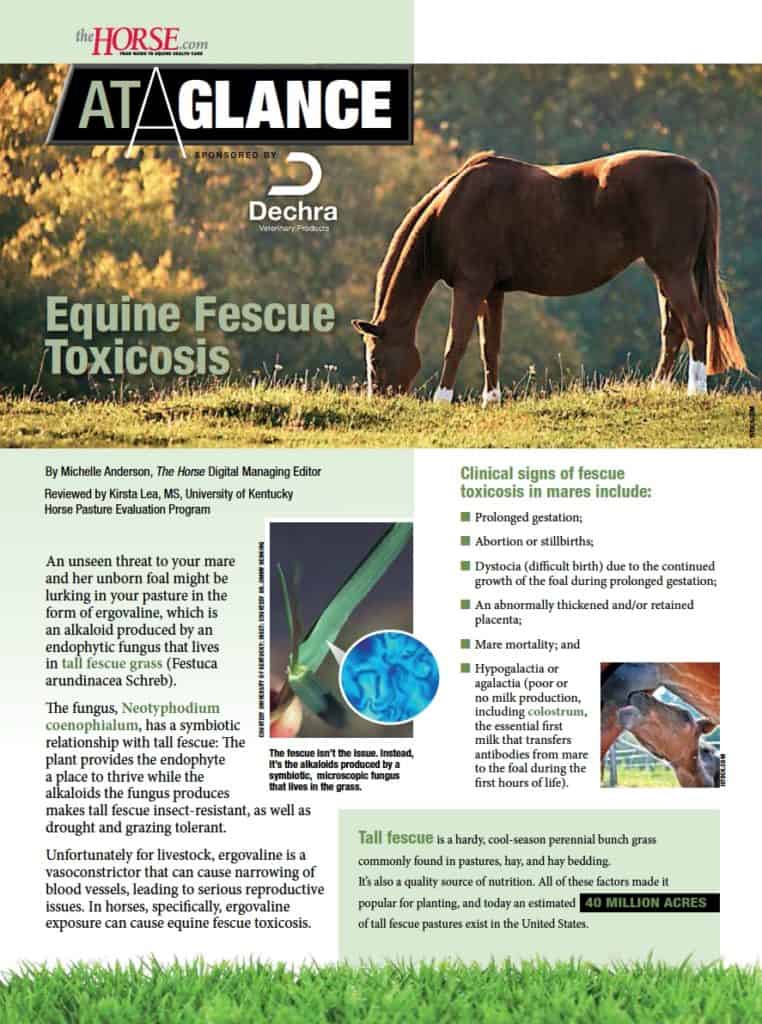
Amikacin/Ampicillin: Combo of Choice for Septic Foals
In one study, bacteria in 91.5% of the foals were susceptible to this antimicrobial combination.
Horse breeding from planning through foal care

In one study, bacteria in 91.5% of the foals were susceptible to this antimicrobial combination.

What equine biosecurity methods do you use around your horse farm or facility?

Cases of CEM, EHV-1, and more have taught officials how to best prevent and respond to outbreaks.

No other cases of equine herpes myeloencephalopathy, the neurologic disease linked to EHV, have been reported in Texas.
The horse, stabled off Winter Equestrian Festival grounds, has been isolated and tested negative for EHV and strangles.

Vets can use intracytoplasmic sperm injection, oocyte transfer, and cloning to help subfertile mares produce foals.

With EHV cases reported from California to Kentucky already in 2017, get information you need to protect your horse.

Don’t wait for another disease outbreak to brush up on your EHV-1 knowledge.

Dr. Annette McCoy explains how horse color is a great example of something called “simple inheritance.”

Have a vet ensure your foal is developing well and your mare is ready for her next mating at her foal heat.

An unseen threat to your mare and her unborn foal might be lurking in your pasture. Learn more about fescue toxicosis.

Of the 413 respondents, 212 (51%) have dealt with an equine picky eater.

Get information-packed nutrition content throughout March.

With a rapidly growing foal on board, late gestation can pose nutritional challenges for pregnant mares.

Researchers recently conducted a study on the effects of starch source on mare and foal hindgut bacteria.

To mitigate the consequences of a disease outbreak, it is important to understand where the disease is spreading.
Stay on top of the most recent Horse Health news with
"*" indicates required fields